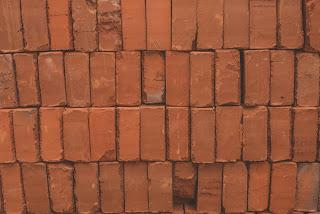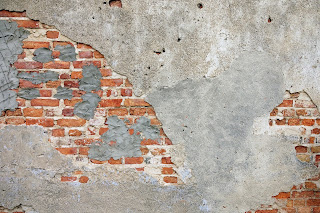Various Test on bricks at site and laboratory
There are two major categories test of bricks:
- Laboratory tests
- Field tests
Laboratory tests:
These tests on bricks are carried out in the laboratory it can be divided into the following:
- Water absorption test
- Compressive strength test
- Efflorescence test
Compressive strength test:
To determine the strength of the brick compressive strength test is performed. The following procedure is adopted:
- The Specimen is immersed in water for 24 hours
- The frog of the brick is filled with mortar and cured for 3 days
- The specimen is placed between the plates of the compression testing machine
- The load is applied axially at a uniform rate and the load at which the specimen fails is noted
- Compressive strength of brick is given by:
Compressive strength (N/mm2)= load of failure/ area in mm2
Bricks of high quality do not have strength less than 14 N/mm2.
The strength of brake is affected by the following factors:
- Composition of brick
- Type of moulding adopted
- Type of burning process used
- Burning and cooling process
- Unloading the bricks.
Also Visit: Manufacturing process of bricks
Water absorption test:
- 24-hour immersion cold water test
- 5 hour boiling water test
24-hour immersion cold water test:
- In this test the brick is oven dried at a temperature of 105 to 115°C, then weigh the specimen let it W1.
- The dry specimen is then immersed completely in the water at a temperature of 27+-2°C for 24 hours.
- Take the specimen out of the water and why all the traces of water with a damp cloth
- Find the weight of the brick which has been removed from the water. Let it be w2.
Water absorption per cent is calculated with the below formula:
W2-W1/W1×100
5 hour boiling water test:
This Test is same as 24-hour immersion water test with slight changes the following procedure is adopted:
- The specimen is oven dried
- Weight of the specimen is recorded let it be W1
- The brick is immersed in boiling water for 5 hours
- The brick is taken out and wiped to remove all traces of water with a damp cloth
- Then weigh the specimen let it be W2
Water absorption percent is given by W2-W1/W1×100
Efflorescence test:
The soluble salts if present in the bricks causes efflorescence on the surface of the bricks.To determine the presence of soluble salt in the brick, the brick is immersed in water for 24 hours and allowed to dry in Shade. The absence of grey or white deposits on the surface indicates the absence of soluble salt.
If the white deposits cover about 10% surface the efflorescence is said to be slight, if about 50% of surface the efflorescence is heavy and is considered as serious.
Recommended: Burning of bricks
Field tests:
- Hardness test
- Shape and size
- Soundness test
- Strength test
- Structure
- Colour
Hardness test:
In this test, a scratch is made on the surface of the brick fingernail. Is no impression is left on the brick the test brick is said to be sufficiently hard.
Shape and size:
The bricks are closely inspected for standard size and shape. The brick should have a standard size(190mm×90mm×90mm) and its shape should be truly rectangular.
Soundness test:
In this test 2 bricks are taken and struck each other. The brick should produce a clear ringing sound.
Strength test:
A brick is dropped from a height of 1-metre if fall on a ground it should not break.
Structure:
Brick is broken and its structure is closely examined its structure should be compact and should not contain any lamps, voids, cracks, and holes.
Colour:
The colour should be uniform deep red, cherry or copper.
Also Watch:
Also Read: Manufacturing process of bricks


